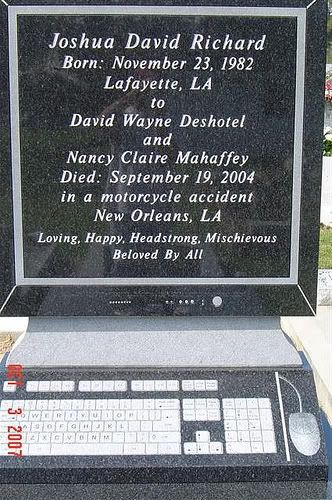The Mateas and Montfort article provides an alternative view to the reading by Geoff Cox. In "A Box, Darkly” Montfort and Mateas analyze code aesthetics through the obfuscation of code and weird languages. It even sites the Cox reading when it says, “the aesthetic value of code lies in its execution, not simply its written form.” I found it interesting that both articles started off with common ground, but took completely different approaches to the study of aesthetics. Although the Mateas article gives credit to the execution of code, it mostly focused on its written form. In the beginning, it talks about “beautiful” code, which is something I can understand from my limited experience with coding. When I think about the aesthetics of code, the concepts of elegance and grace immediately come to mind. I share the authors’ opinion that certain styles of coding can be a “genuine pleasure to read.” However, I feel like any discussion about aesthetics should also cover the emotional attributes that something may have. It bothered me that the authors decided not to go into this subject because it brought a really good question to mind. Can code elicit sentimental feelings or emotions? At first glance, I think it can because of how code is constantly paralleled with spoken language. After thinking about it though, I can’t come up with any examples of how written code could make me feel anything. Instead of going into this, it talks about what weird languages and obfuscated code say about code as an aesthetic form. The authors feel that investigating these two phenomena as unexplored areas of aesthetic code is important. I guess I’m just more interested in getting at the heart of how code can be included within a discussion of aesthetics in the first place.
The other article, “The Aesthetics of Generative Code,” is fixated on the executionable aspect of aesthetic code. I feel like the authors were completely ignoring the elegance and grace that a programmer could bring to his/her creations. In their discussion of aesthetic code, they held up code against poetry to identify its aesthetic attributes. I have a problem with this because code isn’t poetry and doesn’t have to be in order to have aesthetic value. The authors stretched definitions so that they could prove code was structurally like poetry and thus an aesthetic. They didn’t, however, actually address the emotion or message that poetry is all about. They danced around that by talking about how both have similar functions and “execute” in similar ways. While both, for example, may play with the structure of the language they’re written in, the result of that play is completely different. Poetry plays with language to get across attitudes, feelings, and ideas. One can play with the language of code all day and still produce the exact same result.
For class tomorrow, maybe we can spend some time talking about whether or not code can make people feel something.





